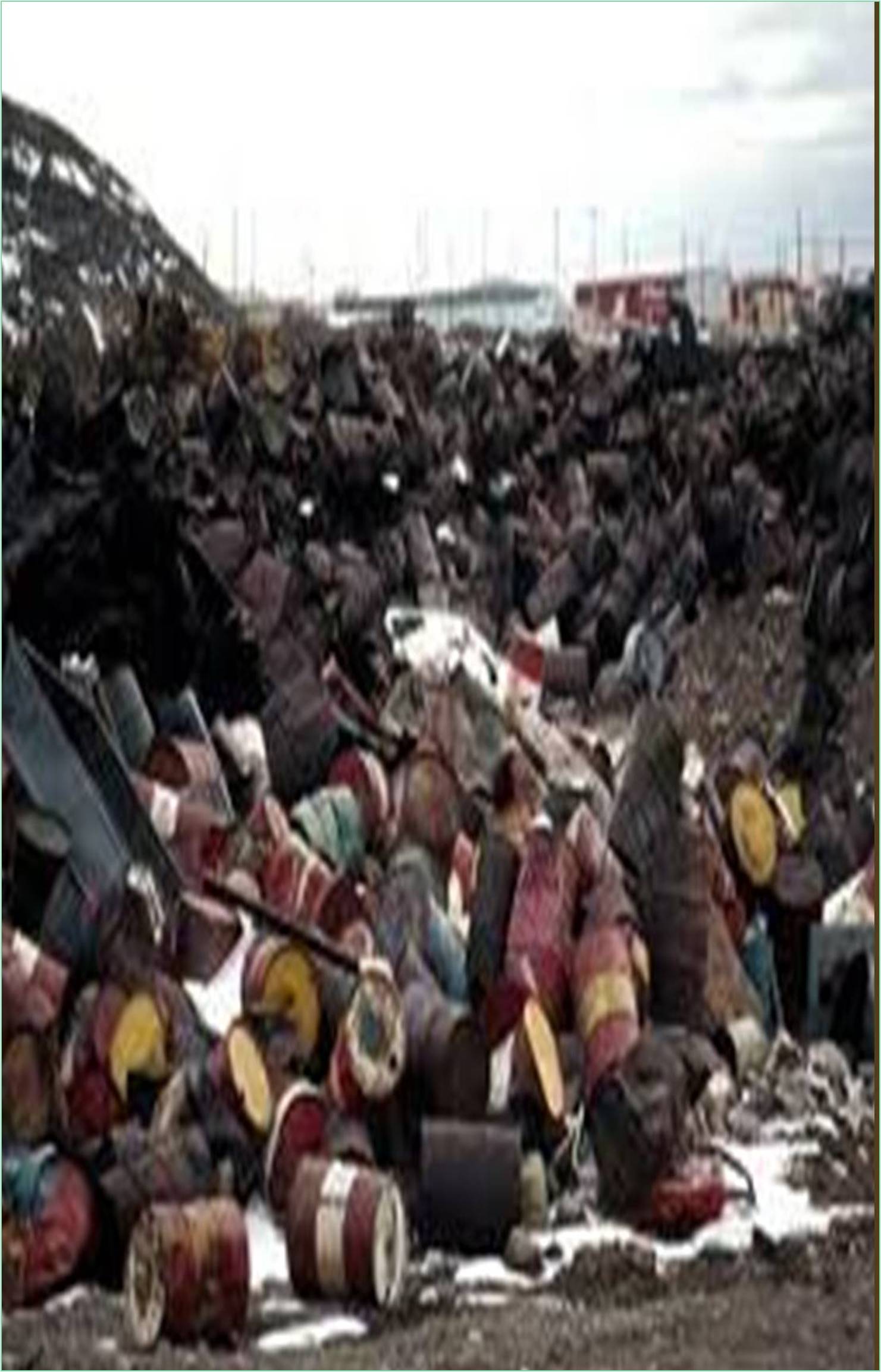



Received: 05-Jul-2022, Manuscript No. GJPHWM-22-72414; Editor assigned: 08-Jul-2022, Pre QC No. GJPHWM-22-72414(PQ); Reviewed: 29-Jul-2022, QC No. GJPHWM-22-72414; Revised: 05-Aug-2022, Manuscript No. GJPHWM-22-72414(R); Published: 12-Aug-2022, DOI: 10.15651/GJPHWM.22.5.019
The Isolation or dilution the rate or concentration of any radionuclides which returned to biosphere and related to the nuclear fuel cycle said to be “Radioactive Waste”. These materials are used extensively in medicine, agriculture, research, manufacturing, non-destructive testing, etc.
Primary Wastes comprises the radioactively contaminated equipment which is spent on radiation sources etc., and secondary wastes resulting from different operational activities, plastic wears, and fibrous material, organic exchange resins and others.
The waste in radioactive remains for about few hours or several months or even hundreds or thousands of years. Depending upon their level and nature of radioactivity, the radioactive wastes can be classified into exempt waste, Low, Intermediate and High level waste. Such features are differentiated significantly from the conventional chemical or industrial waste, hazard potential or toxicity of which does not alter with time and remains constant.
The management of extremely increasing volumes of these wastes became a very important accordingly. As the low level waste are generated from hospitals and industry, as well as the nuclear fuel cycle. It comprises paper, rags, tools, clothing, filters, etc., which contain small amounts that are mostly short-lived radioactivity. There are many possible beneficial activities due to the use of radioactive material.
To reduce this volume, it is often compacted or incinerated before the disposal. It comprises about 90%of the volume but only 1% of the radioactive waste. Material that is deemed a waste that contains radionuclides that are present on earth without any human interaction.
Decommissioning involves safely removing from service the reactor and all equipment that has become radioactive and reducing radioactivity to a level that permits other uses of the property. Any non-solids may be solidified in concrete or bitumen for disposal. This arises from the 'burning' of uranium fuel in a nuclear reactor. Saving of environment and human health from the detrimental effects of hazardous and radioactive wastes are achieved by the effective improvement of waste management programs.
Most of the nuclear waste comes from nuclear power plants and weapons reprocessing operations and from natural sources. It contains the fission products and transuranic elements that are generated in the reactor core. They are about 3% of the volume, but 95% of the total radioactivity of produced waste.
Another basis for comparison between the wastes from nuclear and coal burning is the "margin of safety," or how close average exposure is to the point where there is direct evidence for harm to human health. All these wastes can remain dangerously radioactive for many thousands of years.
When compared to other wastes disposed at sea the amount of radioactive waste by weight is rather than diminutive. The anthropogenic radioactive material has become an extra chronic radiation burden for the marine organisms. The distinctive nature and potential hazard not only makes nuclear wastes but also dangerous which is created by humanity, and one of the most controversial and regulated with respect to disposal.